Brave vs the Competition.
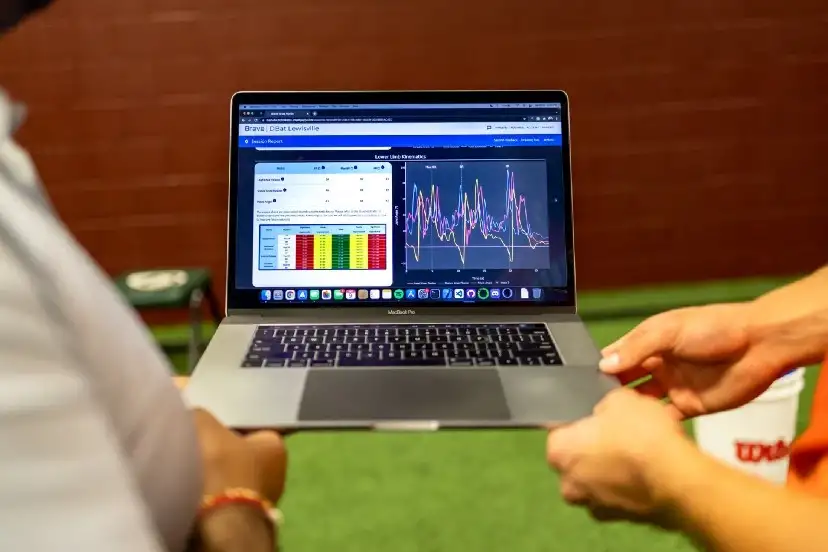
Everyday, athletes compete to push the limits of human performance, and technology adapts alongside them to assist in achieving their performance goals. Wearable motion capture has developed to become one of these many technologies used to advance and improve athletic potential.
Currently, there are a few companies in the wearable motion capture industry supporting athletes. The ones I’ll touch on in this blog post are Xsens, K-Motion, and 4D Motion. Let’s see how Brave compares to and surpasses these competitors.
Xsens
First is Xsens. Xsens’ motion capture product, MVN Analyze, works with anywhere from 17 sensors up to a full-body suit – depending on the price you’re willing to pay – to ensure an easy and accurate motion capture experience. They claim that their software system can be easily set up, calibrated, and operated with different levels of complexity and features. MVN Analyze can display a real time 3D simulation, video footage, and graphs. Its system supports segment kinematics, segment global positions, and other data that is vital for high quality motion analysis. Additionally, MVN Analyze’s output is very raw in terms of the data already processed, making it difficult to use by coaches and athletes alike without supporting infrastructure.
On the other hand, Brave gives easy-to-understand 3D output with the ability to provide recommendations on how to improve your movement. In terms of pricing, Xsens charges roughly $7,000 per suit and up to $12,000 per year for their software package, which leans toward a more expensive motion capture alternative. It competes with Brave on its hardware design and quality, but comes nowhere near on its pricing and accessibility. Overall, Xsens provides a great tool for high quality motion capture in research settings, but is not user friendly to newcomers.
K-Motion
Next, K-Motion provides motion capture for athletes in golf, baseball, and softball. Their K-Vest, a series of 4 sensors placed all over the body, is convenient to use and works to produce an actionable general report. However, their software system, The Loop, limits the amount of raw data displayed for further analysis which makes them an oversimplified motion capture alternative. Moreover, with only 4 sensors, K-Vest tends to miss key data points, such as most lower body kinematics (knee, calf, ankle, etc.) that can only be demonstrated by a full body system, which hinders their ability to ensure high quality analysis.
Although K-Motion emphasizes the message “measure, evaluate, and coach,” K-Vest’s limiting features do not allow for proper measurement, evaluation, and therefore, coaching, making them a less practical solution relative to Brave. They additionally price their sensors at almost $5,500 and their software system at $495 per year.
4D Motion
4D Motion, like K-Motion, concentrates their offerings on golf, baseball, and softball. They provide variety in their sensor and module packages, with as many as six sensors to collect motion data. Unlike K-Motion, 4D Motion technology grants the ability to record raw data on additional motion types such as multiple limb kinematics. However, this makes the report produced difficult to read and interpret. Additionally, their hardware has been reported to malfunction during their system calibration procedure. These problems have shown to compromise the accuracy of the 4D Motion technology – something you will never experience with Brave technology. 4D Motion’s sensors retail at around $3,000 without any software fees.
Brave
Unlike these companies, Brave stands out in three ways: affordability, accessibility, and accuracy. With 10 sensors that rival other motion capture technology on the market for accuracy and affordability, Brave prioritizes making wearable motion capture accessible to everyone. Brave also has software that balances developing clear, comprehensible reports for a variety of movements while providing the raw data for those more interested in understanding pure motion. By offering both the overview and full scope of the data, Brave supports users who have varying levels of knowledge on motion capture in evaluating their athletes. Also, Brave technology is available for any sport or movement.
Unlike its competitors, Brave is not limited in its ability to capture motion. Whether it be basketball or golf, Brave technology can measure and evaluate the data with reliability and accuracy. Through constant validation and communication with a variety of different parties, Brave ensures that the user engages with and learns from the data. Overall, Brave Virtual Worlds has truly designed the most affordable, accessible, and accurate wearable motion capture product for all.
If you would like to hear more from the Brave team, join our
email listtoday. Ask about a
demoof our product!
More blogs by Brave Virtual Worlds

About the Fundamental Human Movements.
In strength and conditioning training, athletes perform certain movements to train major muscle groups and improve performance. Incorrect movements can be very detrimental to an athlete’s body, so strength and conditioning teaches athletes how to move properly...

Julia Duarte
—
2022/08/10
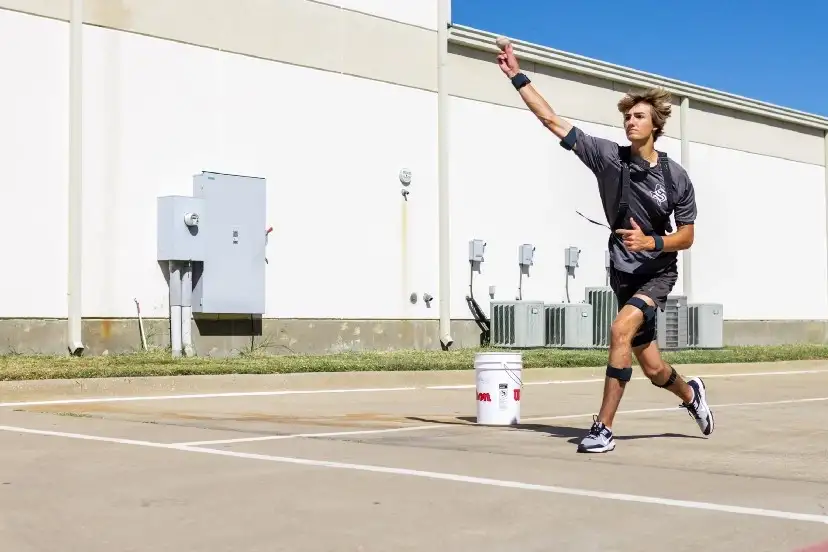
Motion Capture: What is it and why is it important?
At Brave, our mission is to make motion capture accessible. Our real-time motion tracking technology pairs with a data analysis software platform to provide objective, actionable feedback to coaches and athletes across all sports as they work together to unloc...

Julia Duarte, Geno Lunsford
—
2022/08/10

Brave vs the Competition.
Everyday, athletes compete to push the limits of human performance, and technology adapts alongside them to assist in achieving their performance goals. Wearable motion capture has developed to become one of these many technologies used to advance and improve...

Julia Duarte
—
2022/08/10
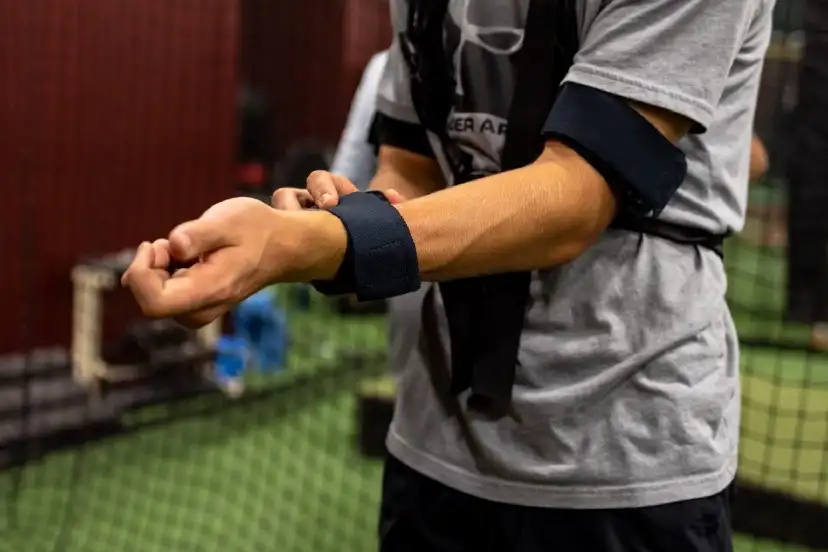
How Can Wearable Motion Capture Drive Revenue For Your Facility?
Wearable motion capture can enhance athletes’ everyday training practices. With it, players can receive objective feedback on their body movements and make adjustments accordingly. Instead of relying only on a coach for instruction, athletes become exposed to...

Julia Duarte
—
2022/08/10
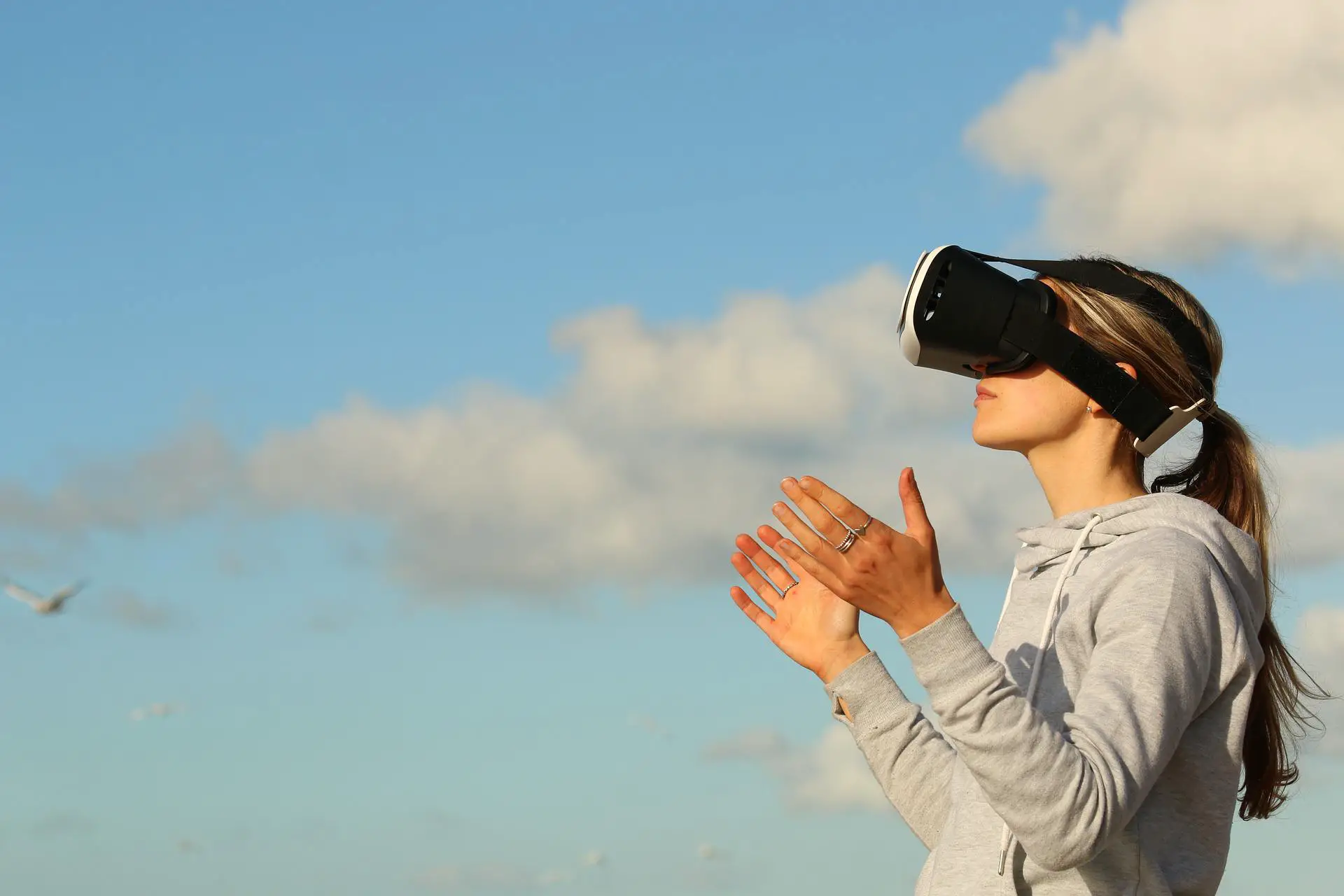
Valor's Future with Extended Reality.
Extended reality paired with our Valor suit will reimagine and vastly improve sports training, physical therapy, and everything that relies on understanding human interaction. In this blog, we will discuss Valor’s current features, its ability to incorporate X...

Julia Duarte
—
2022/08/10
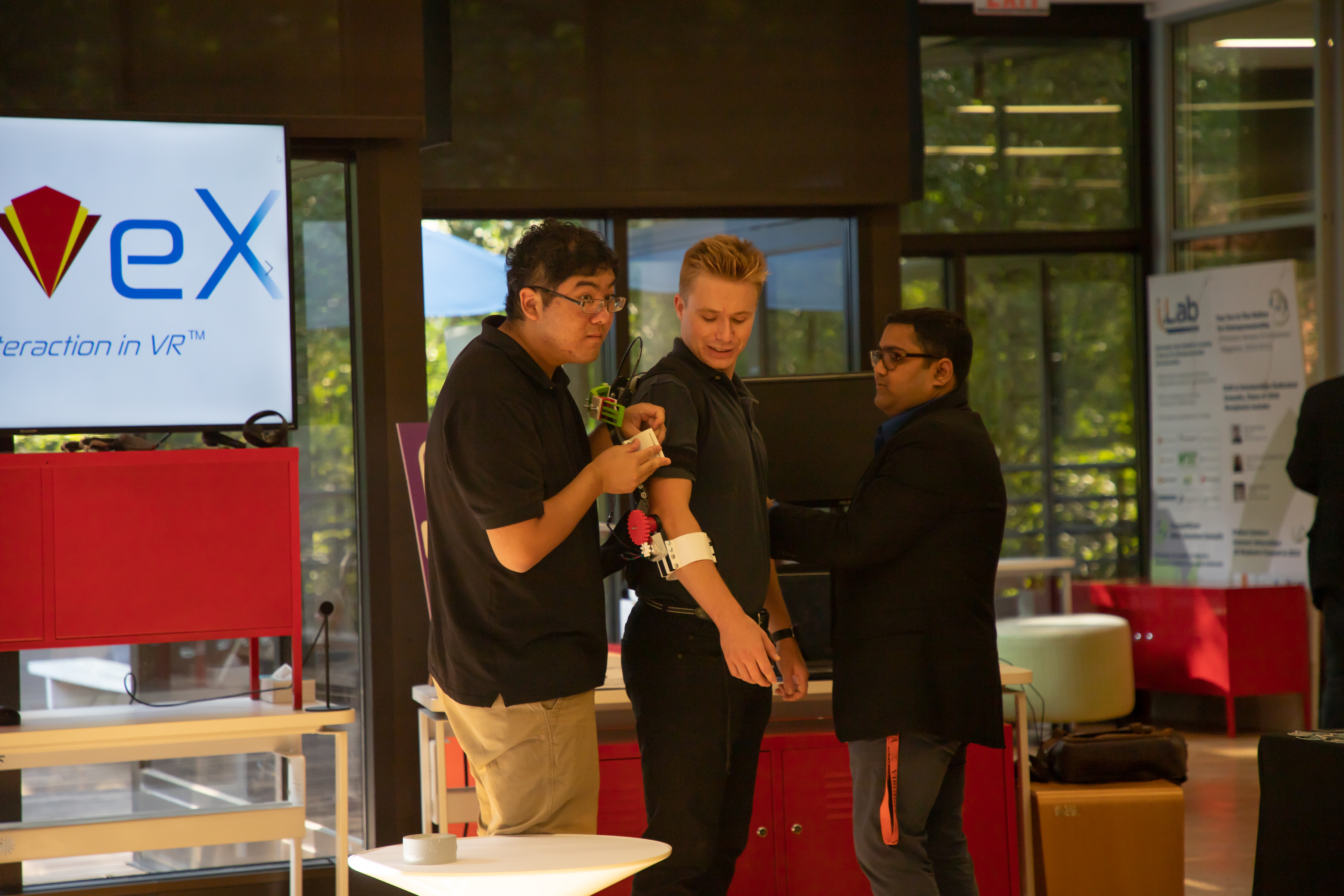
About the Beginning of Brave.
The idea for Brave came about when two engineering students, William Kodama and Dhyey Parikh, our current CEO and COO respectively, completed a semester-long project for a class their first year at the University of Virginia in 2017. That semester-long project...

Julia Duarte
—
2022/08/10
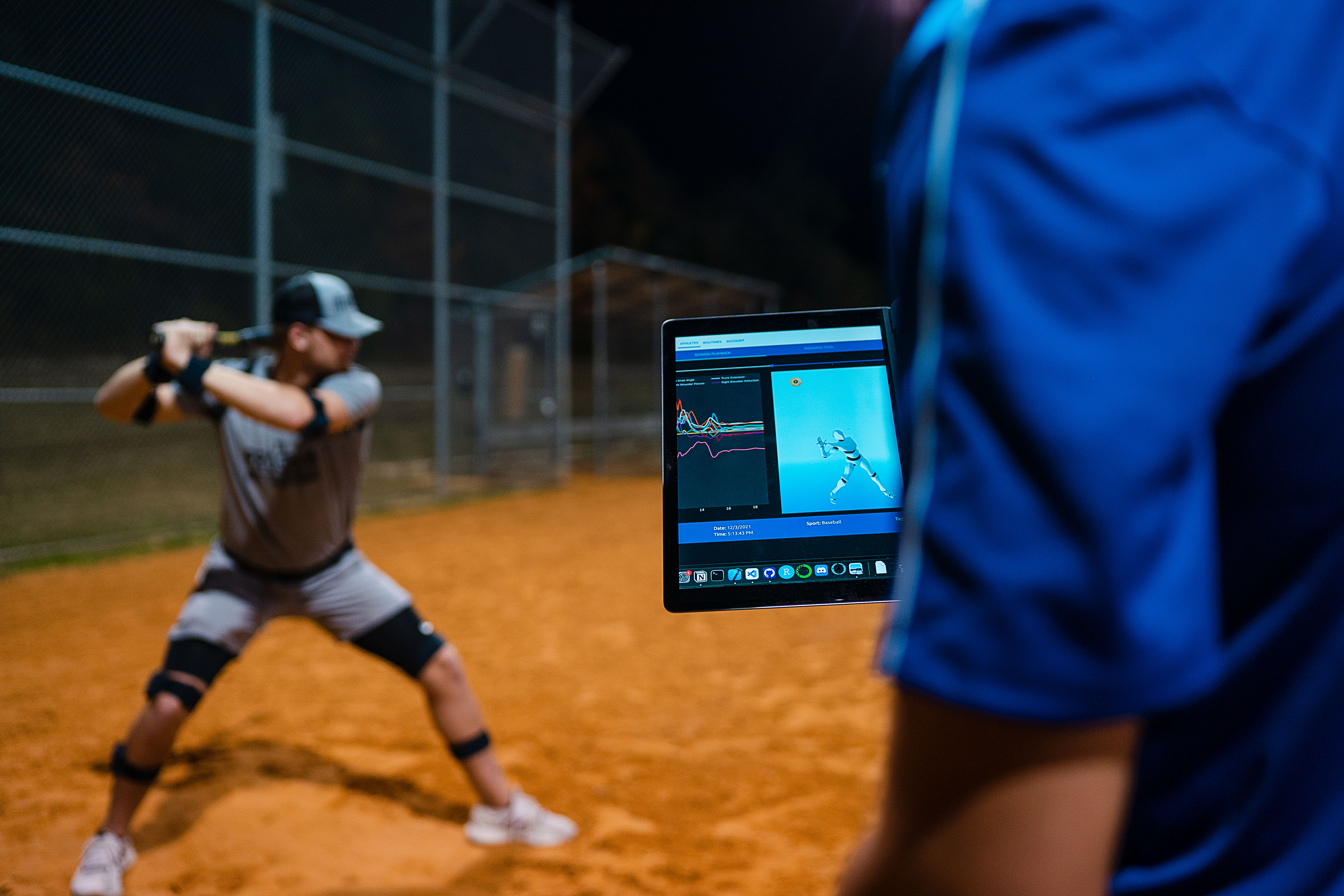
Valor's Beginning
At the start of Brave, our founders had a vision: they wanted Brave to be big to eventually create real change and make an impact wherever the company took them. Throughout their company journey, their vision has largely stayed the same, however the steps to a...

Julia Duarte
—
2022/08/10
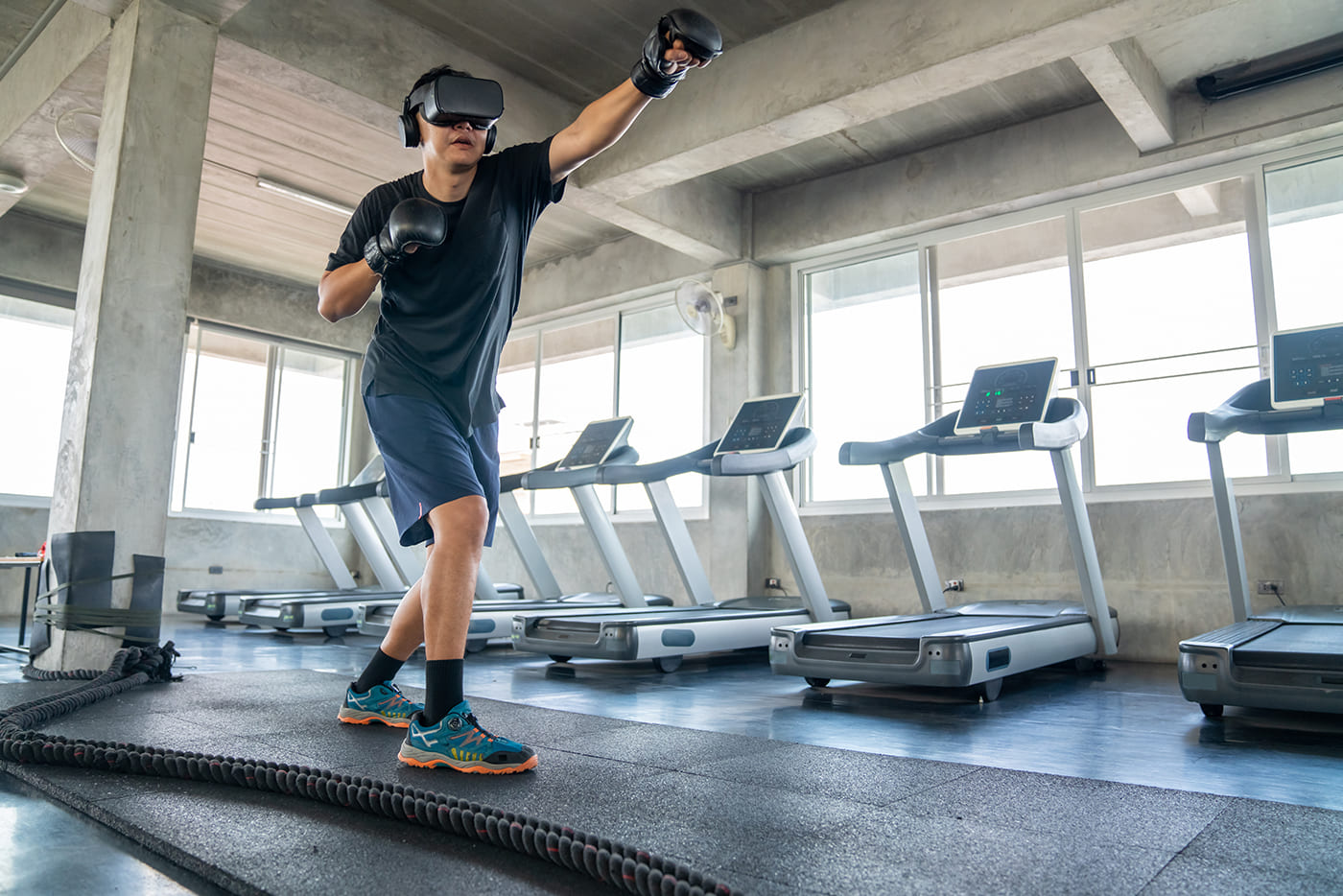
The Athletaverse
This blog will share an inside look into a new and emerging world: the Athletaverse™. It is a place where athletes can come together to work out, compete, and improve with coaching in a physical-virtual space; a place accessible for all who put the Valor suit...

Julia Duarte
—
2022/08/10
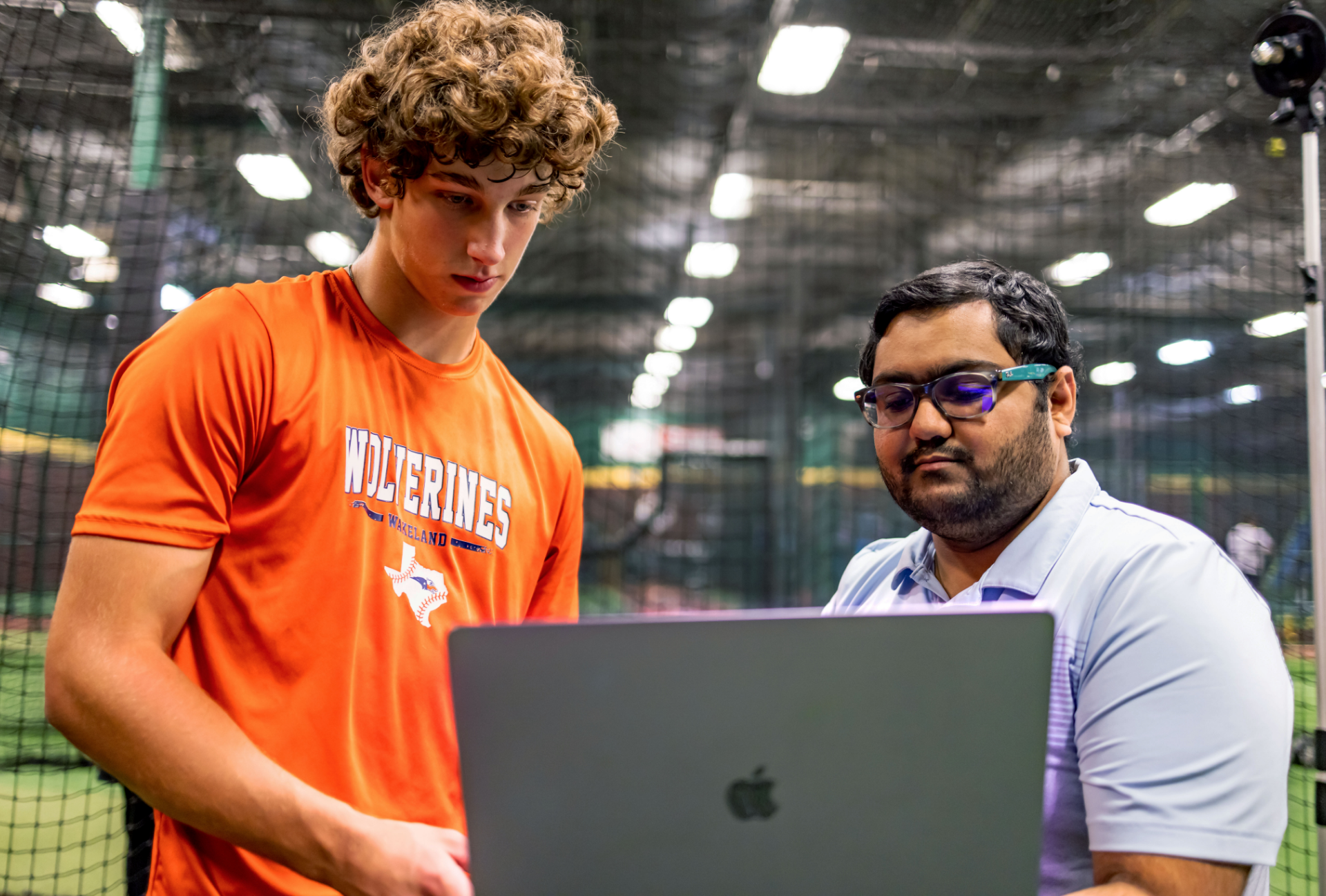
Our Partnership with DBAT-Lewisville
For the past year, Brave has maintained a partnership with VFG Sports Performance, the ownership group for multiple D-BAT (Lewisville, Waco and SE Arkansas) indoor baseball and softball training facilities . Many conversations with the ownership team of Cory L...

Julia Duarte
—
2022/08/10
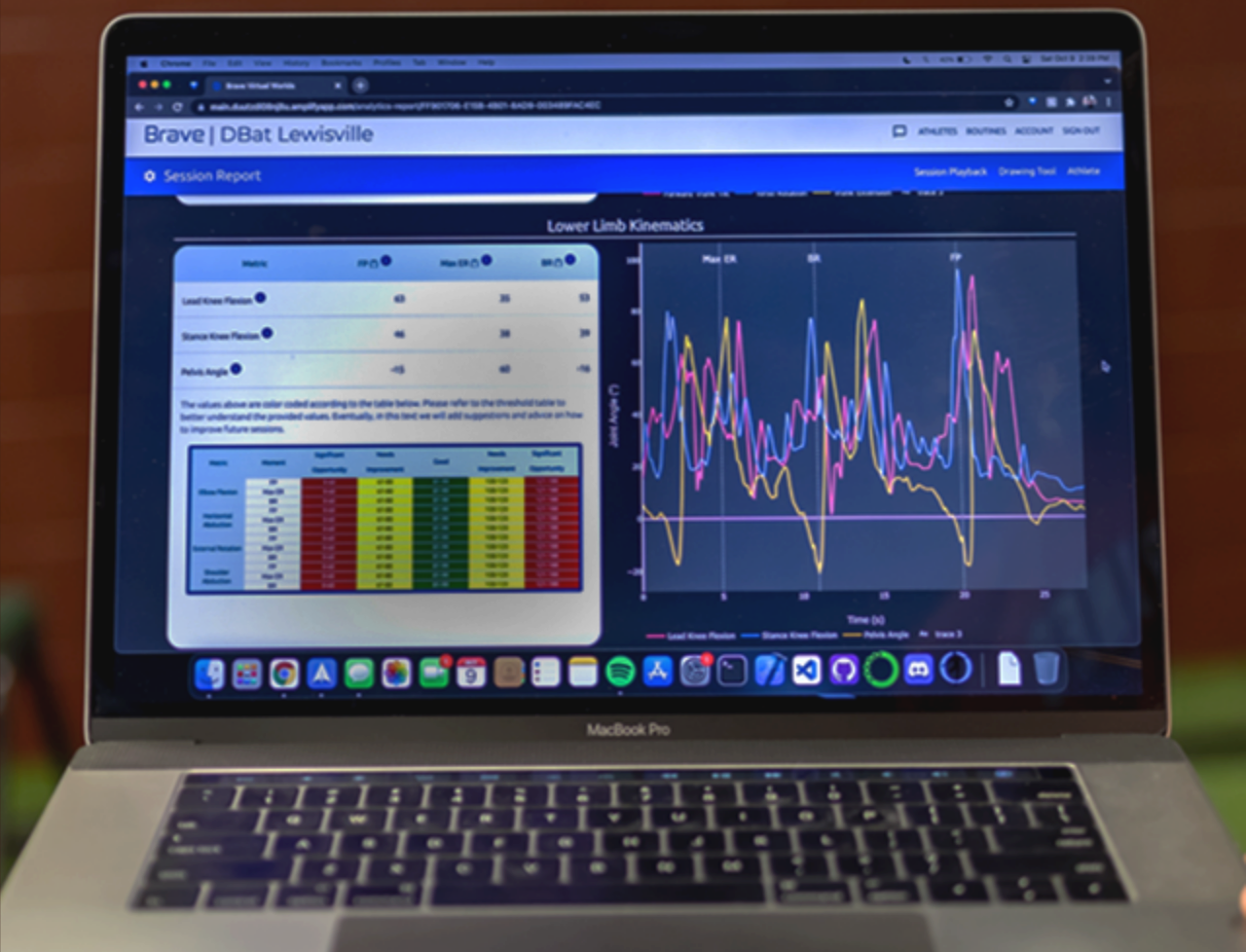
Valor's Software
Brave’s Valor captures motion anytime, anywhere. Consisting of a suit and accompanying software, the Brave team has spent over two years fine-tuning the product with constant customer feedback to become the best version possible.

Julia Duarte
—
2022/08/10
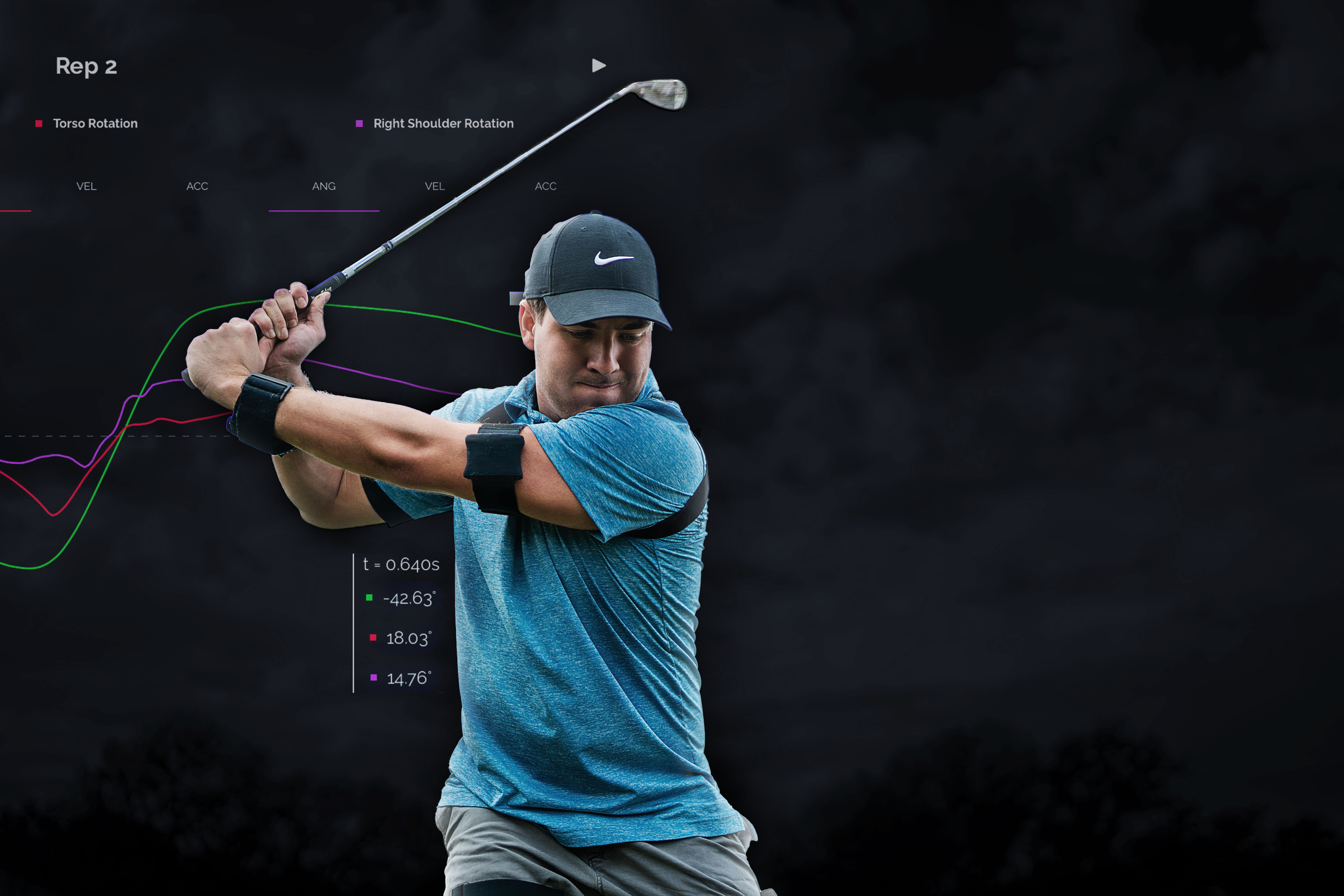
Valor for Golf
For golfers – Valor has the power to transform and strengthen your swing. From start to end, Valor sensors track every inch of your motion, and the software instantly analyzes it, from which it can tell you that your right shoulder is a bit too high or your po...

Julia Duarte
—
2022/08/10
© 2023 Brave Virtual Worlds, Inc.
All rights reserved.